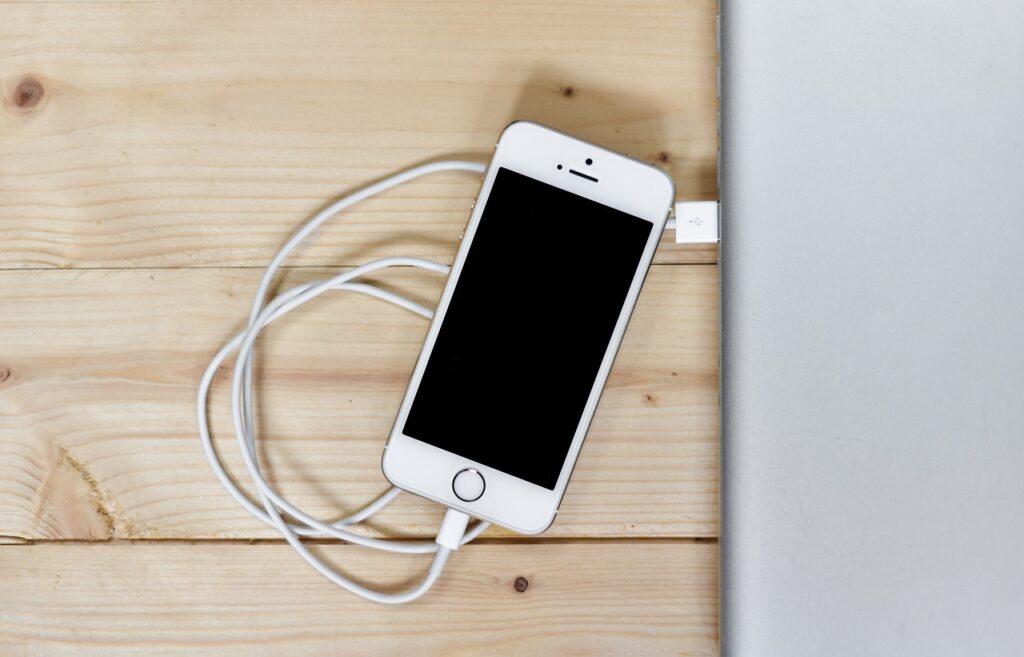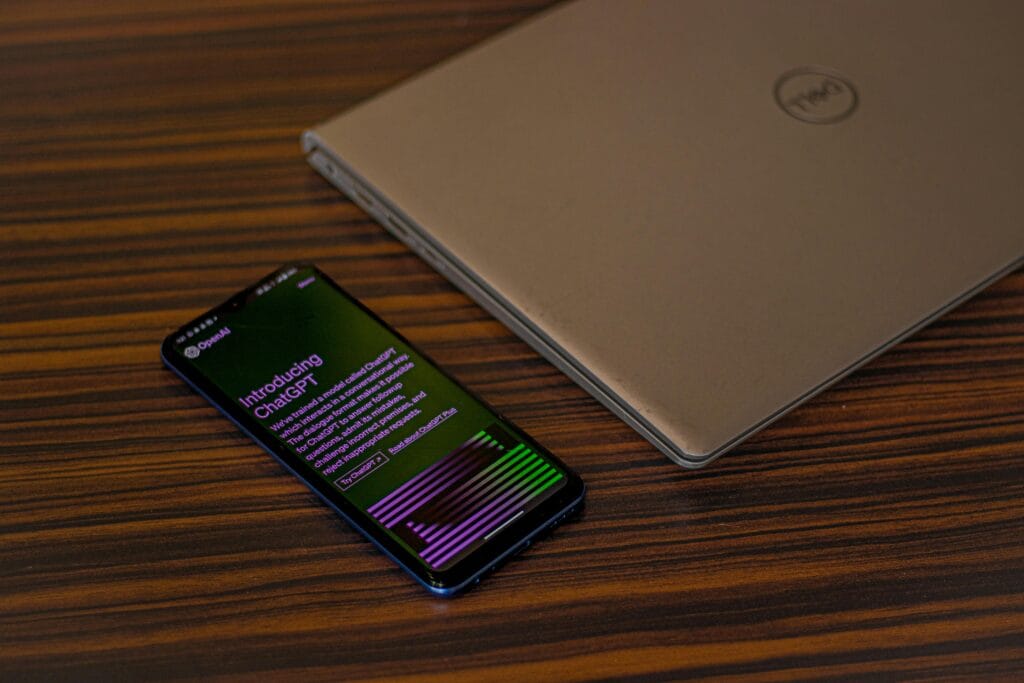
In our digital era, mobile devices have become indispensable companions, seamlessly woven into our daily routines. From scrolling through social media to streaming videos, we often find ourselves reaching for our phones, even as they’re tethered to a power source, charging. However, this seemingly innocuous act raises a pertinent question: what are the potential implications of phone radiation exposure during charging?
The Ubiquitous Presence of Electromagnetic Fields
To comprehend the crux of this concern, we must first grasp the concept of electromagnetic fields (EMFs). These invisible energy fields pervade our surroundings, emanating from various electrical devices and appliances. While the debate surrounding the potential health effects of EMFs remains ongoing, numerous studies have shed light on the potential risks associated with prolonged exposure.
The Electromagnetic Spectrum: Understanding Frequency and Energy Levels
EMFs encompass a broad spectrum, ranging from low-frequency fields generated by household appliances to high-frequency radiation emitted by mobile phones and wireless networks. It is crucial to distinguish between ionizing and non-ionizing radiation. Ionizing radiation, such as X-rays and gamma rays, possesses sufficient energy to break molecular bonds and potentially damage cellular structures, including DNA.
Conversely, mobile phones and their accompanying chargers emit non-ionizing radiation in the radiofrequency (RF) range. While this type of radiation lacks the potency to directly disrupt molecular bonds, concerns have been raised regarding its potential to interfere with biological processes and cellular functions.
The Complexity of Phone Radiation Exposure
When it comes to assessing the impact of phone radiation, several factors come into play:
- Network Generation: Different generations of cellular networks (2G, 3G, 4G, and 5G) operate at varying frequency ranges, potentially influencing the intensity and nature of the radiation emitted.
- Phone Model and Design: The specific design and components of a phone can affect the radiation levels it produces, with some models potentially emitting higher levels than others.
- Usage Patterns: The manner in which we use our phones, such as the duration and proximity of calls, can influence the degree of radiation exposure.
- Charging Conditions: When a phone is connected to a charger, the flow of electrical current through the charging cable can generate additional electromagnetic fields, potentially amplifying the overall exposure.
The Potential Health Implications: Exploring the Evidence
While the scientific community continues to investigate the potential health risks associated with phone radiation exposure, several studies have raised concerns:
- Cancer Risks: The International Agency for Research on Cancer (IARC) has classified radiofrequency electromagnetic fields as “possibly carcinogenic to humans” based on limited evidence from human studies and animal experiments (IARC, 2011).
- Neurological Effects: Some research suggests that prolonged exposure to phone radiation may contribute to neurological symptoms such as headaches, fatigue, and cognitive impairment, particularly in children and adolescents whose developing brains may be more susceptible (Redmayne, 2016).
- Reproductive Health: Certain studies have indicated a potential link between phone radiation exposure and reduced sperm quality, motility, and viability, raising concerns about its impact on male fertility (Zilberlicht et al., 2015).
- Sleep Disturbances: The pineal gland, responsible for regulating sleep-wake cycles, is sensitive to EMF radiation. Exposure to phone radiation during sleep may disrupt melatonin production, leading to sleep disturbances and potentially impacting overall health (Burch et al., 2019).
It is important to note that while these findings are concerning, the scientific consensus remains divided, and further research is necessary to establish definitive causal relationships.
Minimizing Exposure: Practical Strategies
While the debate surrounding the potential health risks of phone radiation continues, adopting precautionary measures can help minimize exposure and alleviate potential concerns:
- Distance is Key: Maintain a safe distance between your body and the phone, especially when charging. Experts recommend keeping devices at least 6 feet (1.8 meters) away from your sleeping area or any prolonged resting location.
- Embrace Hands-Free Devices: Utilizing hands-free options, such as headsets or speakerphone modes, can significantly reduce radiation exposure to the head and brain during phone calls.
- Optimize Signal Strength: Weak signal strength prompts phones to increase their radiation output in an attempt to maintain connectivity. Ensure optimal signal strength by avoiding areas with poor reception or using signal boosters when necessary.
- Charge Strategically: Avoid charging your phone near your body, especially during sleep. Consider charging devices in another room or invest in low-EMF charging cables and accessories designed to minimize radiation exposure.
- Limit Usage: While convenient, excessive phone use should be moderated. Strive to limit unnecessary exposure by minimizing call durations and engaging in alternative activities during downtime.
- Stay Informed: Stay updated on the latest research and guidelines from reputable health organizations to make informed decisions about your phone usage and charging habits.
By implementing these practical strategies, you can proactively reduce your exposure to phone radiation while still enjoying the convenience and connectivity that mobile devices offer.
The Role of Manufacturers and Regulatory Bodies
While individuals can take proactive steps to minimize their exposure, the responsibility for ensuring public safety also falls on manufacturers and regulatory bodies:
- Manufacturer Transparency: Mobile phone manufacturers should prioritize transparency by providing clear and accessible information about the radiation levels emitted by their devices, enabling consumers to make informed choices.
- Regulatory Guidelines: Governmental and international organizations, such as the World Health Organization (WHO) and the Federal Communications Commission (FCC), play a crucial role in establishing and enforcing safety guidelines for radiation exposure limits.
- Ongoing Research and Innovation: Continued investment in research and development is essential to uncover potential health risks and develop innovative solutions that minimize radiation exposure while maintaining technological advancements.
By fostering collaboration between manufacturers, regulatory bodies, and the scientific community, we can collectively work towards mitigating potential risks and promoting responsible technology usage.
The Importance of Personal Responsibility and Moderation
Ultimately, while the debate surrounding the potential health effects of phone radiation persists, it is crucial to strike a balance between technological convenience and personal well-being. By adopting a mindful approach and exercising moderation in our phone usage and charging habits, we can proactively minimize potential risks and maintain a healthier relationship with our devices.
Remember, the key lies in making informed choices based on the latest scientific evidence and adhering to precautionary principles. By embracing responsible technology usage and prioritizing our health, we can navigate the digital landscape with confidence and peace of mind.
In conclusion, the impact of phone radiation during charging is a multifaceted issue that warrants our attention and proactive measures. By staying informed, implementing practical strategies, and fostering a collaborative approach among individuals, manufacturers, and regulatory bodies, we can collectively work towards mitigating potential risks and promoting a safer, more sustainable digital future.






